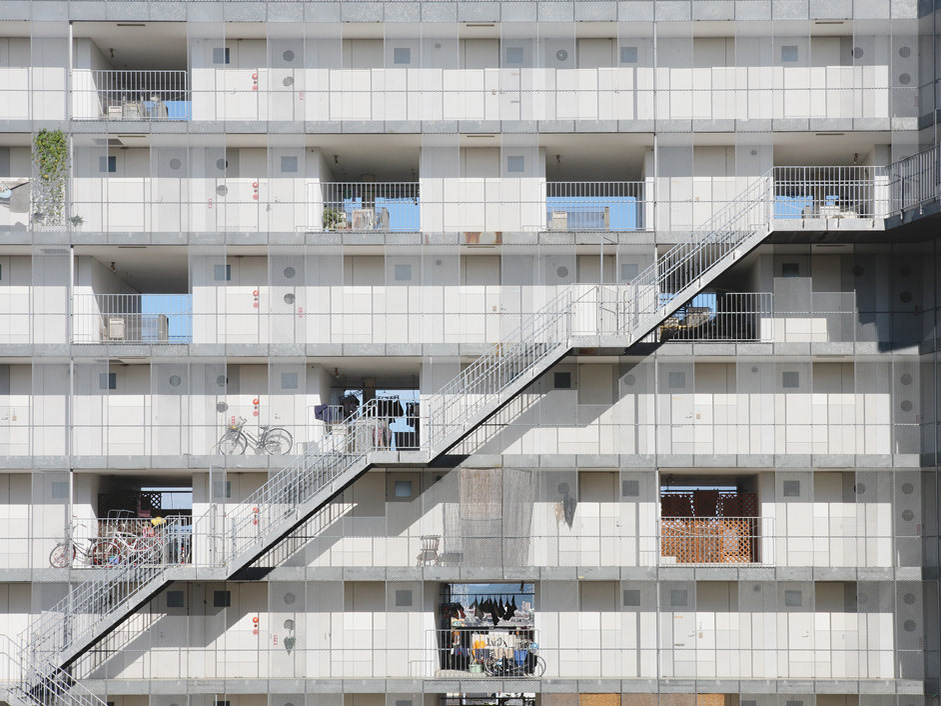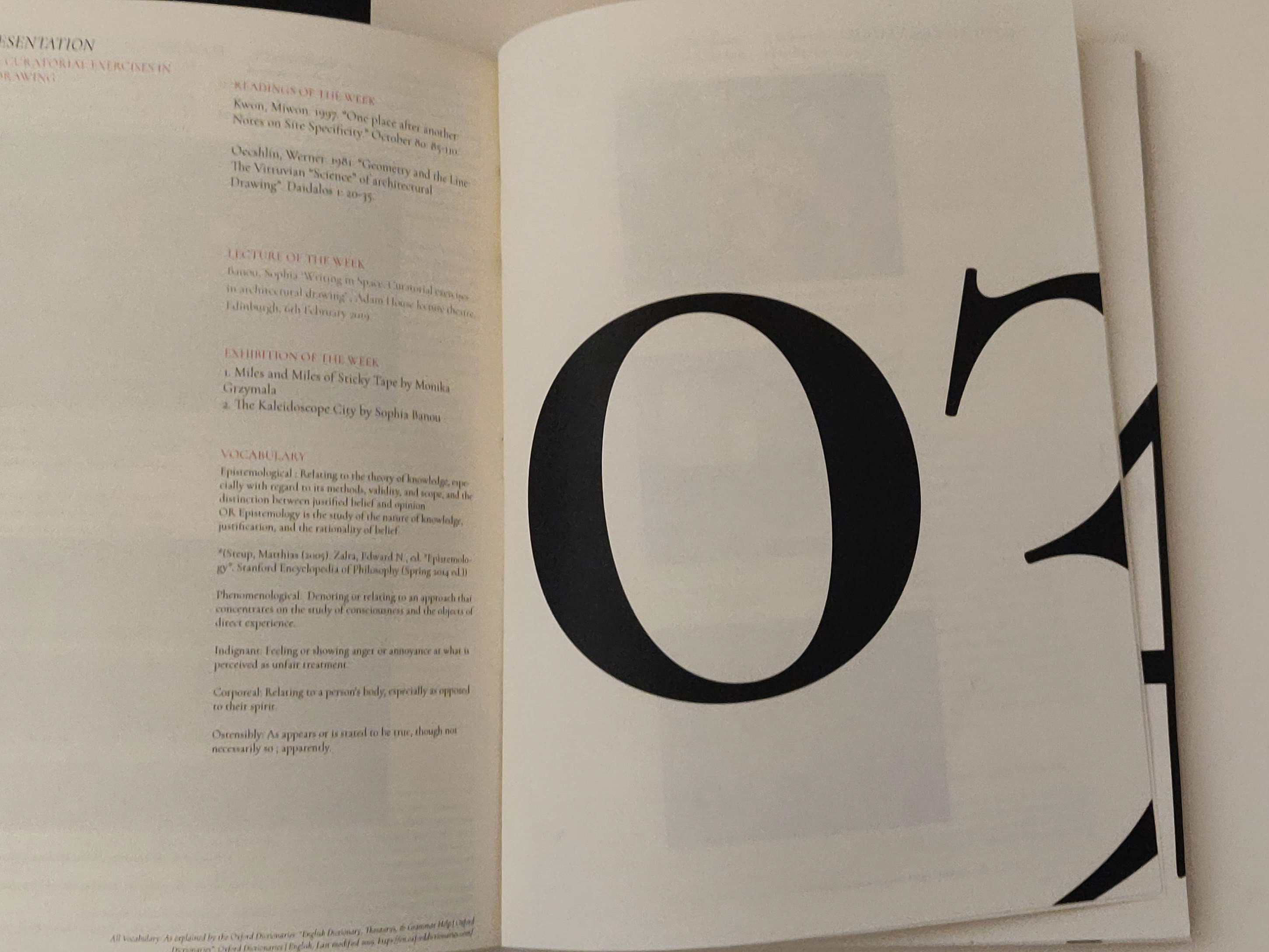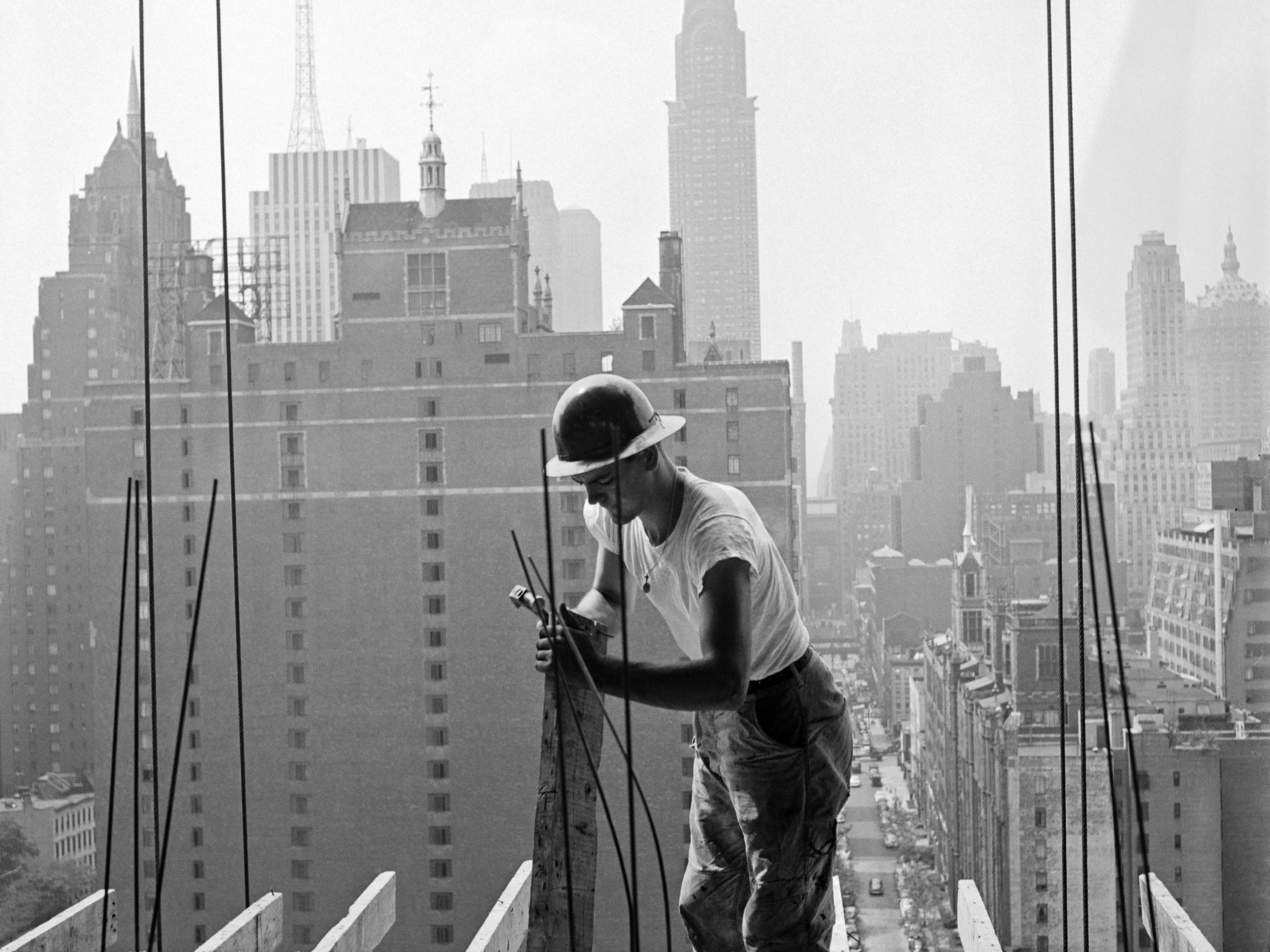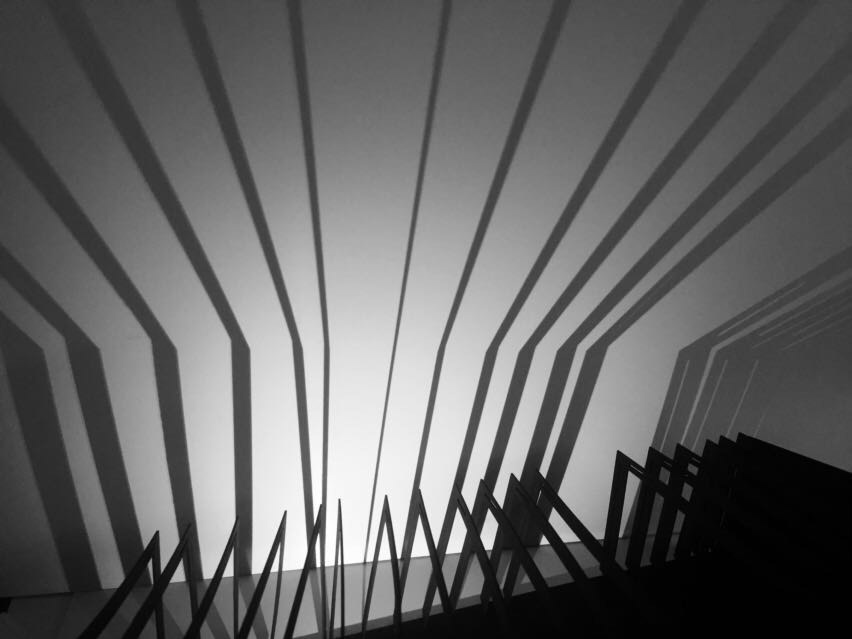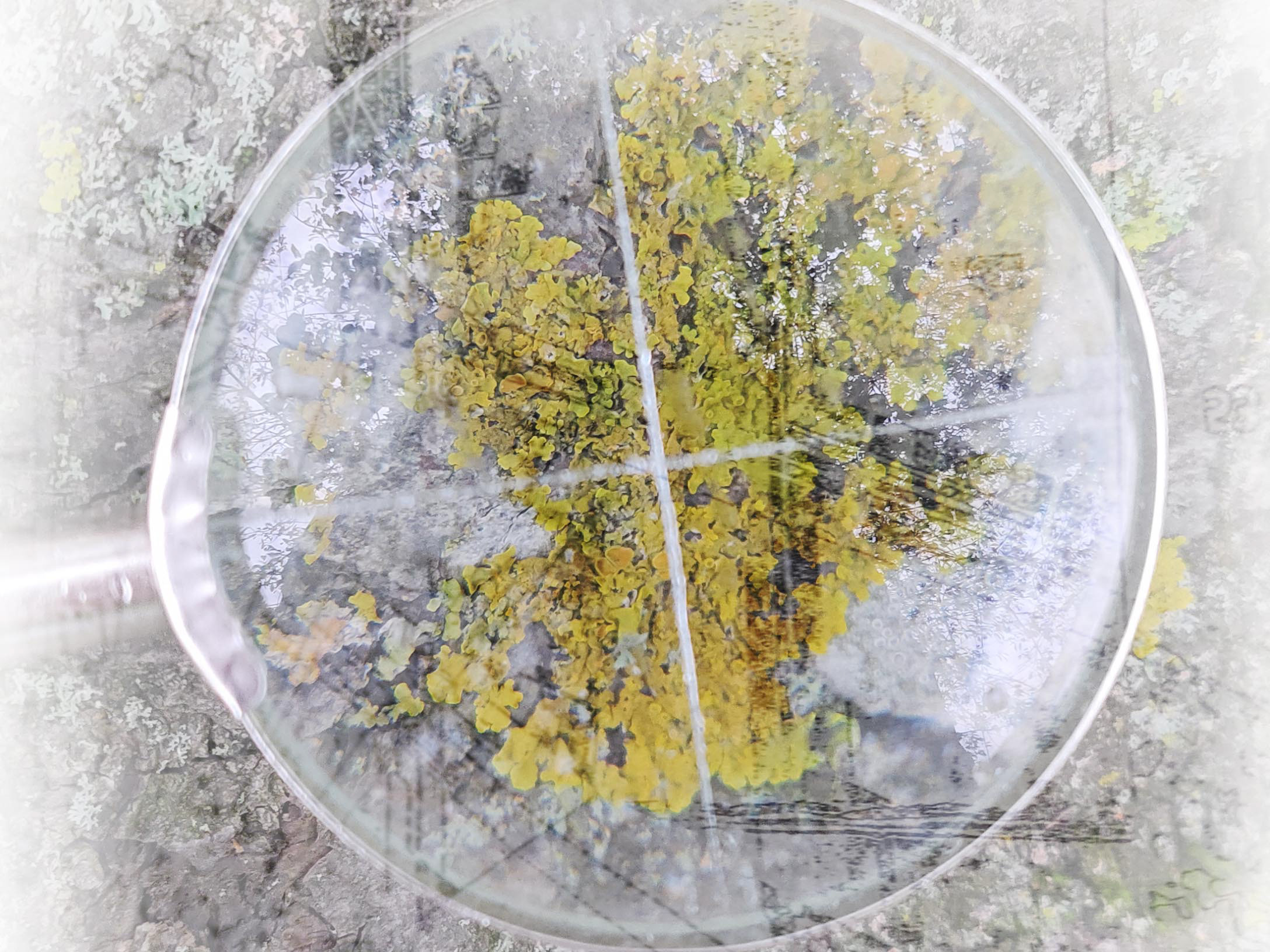The Ramp: Spiralling up the Clasp and Cluster of Houses the ramp takes a person from the city into this framed landscape within which fragments of Pangaea are held.
The Houses of Nations: In a market like configuration, the houses from various countries do what embassies do not. They open their doors to the public inviting them in to share in their culture
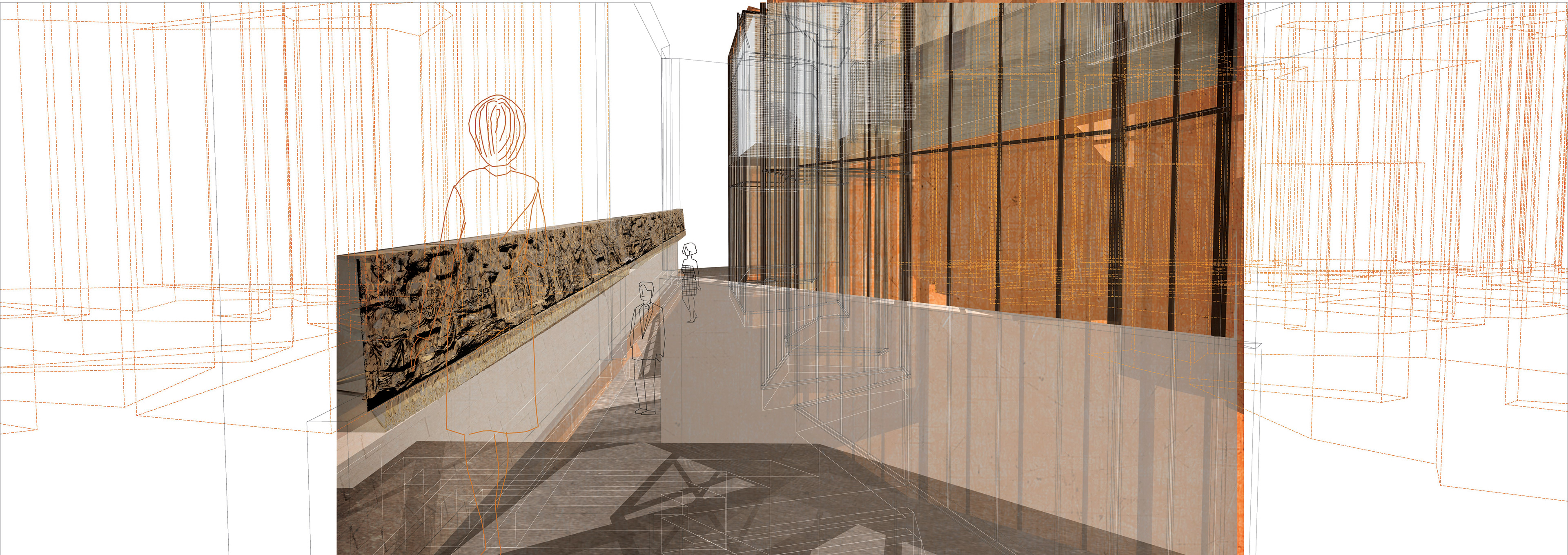
View into the House of Greece where the Parthenon marbles are exhibited
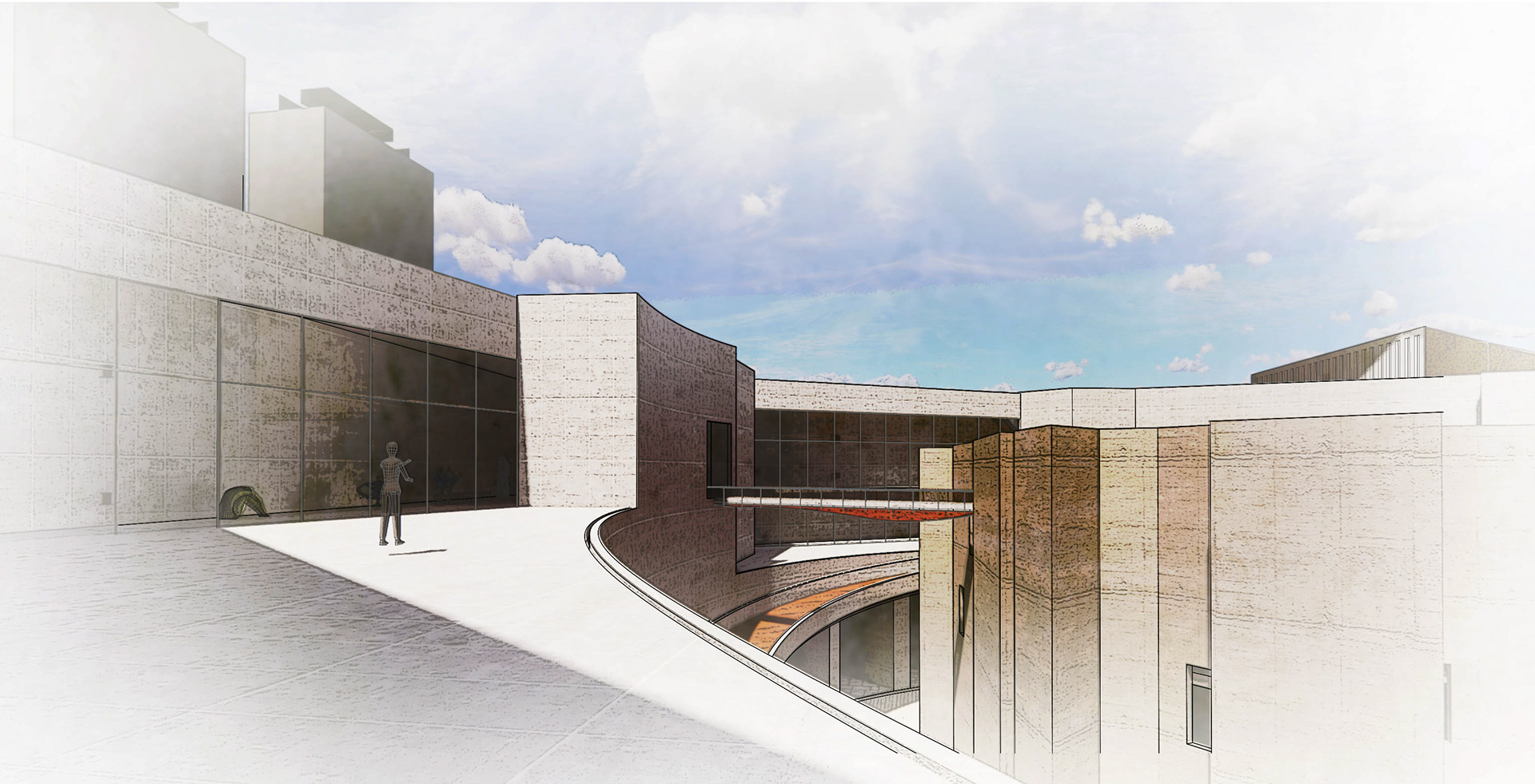
View from the terrace of the Clasp
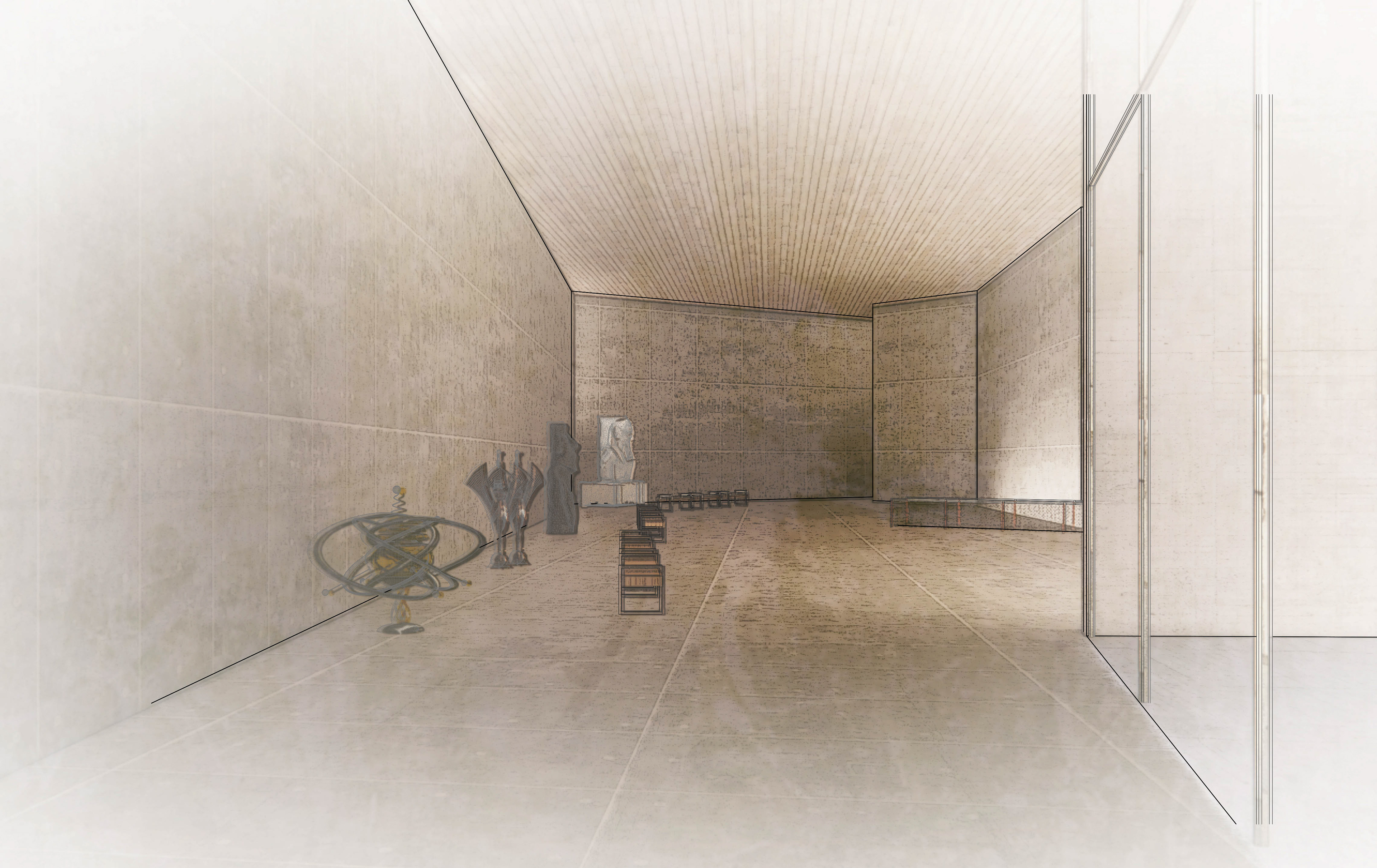
A view inside the Clasp. Various contested objects on exhibition
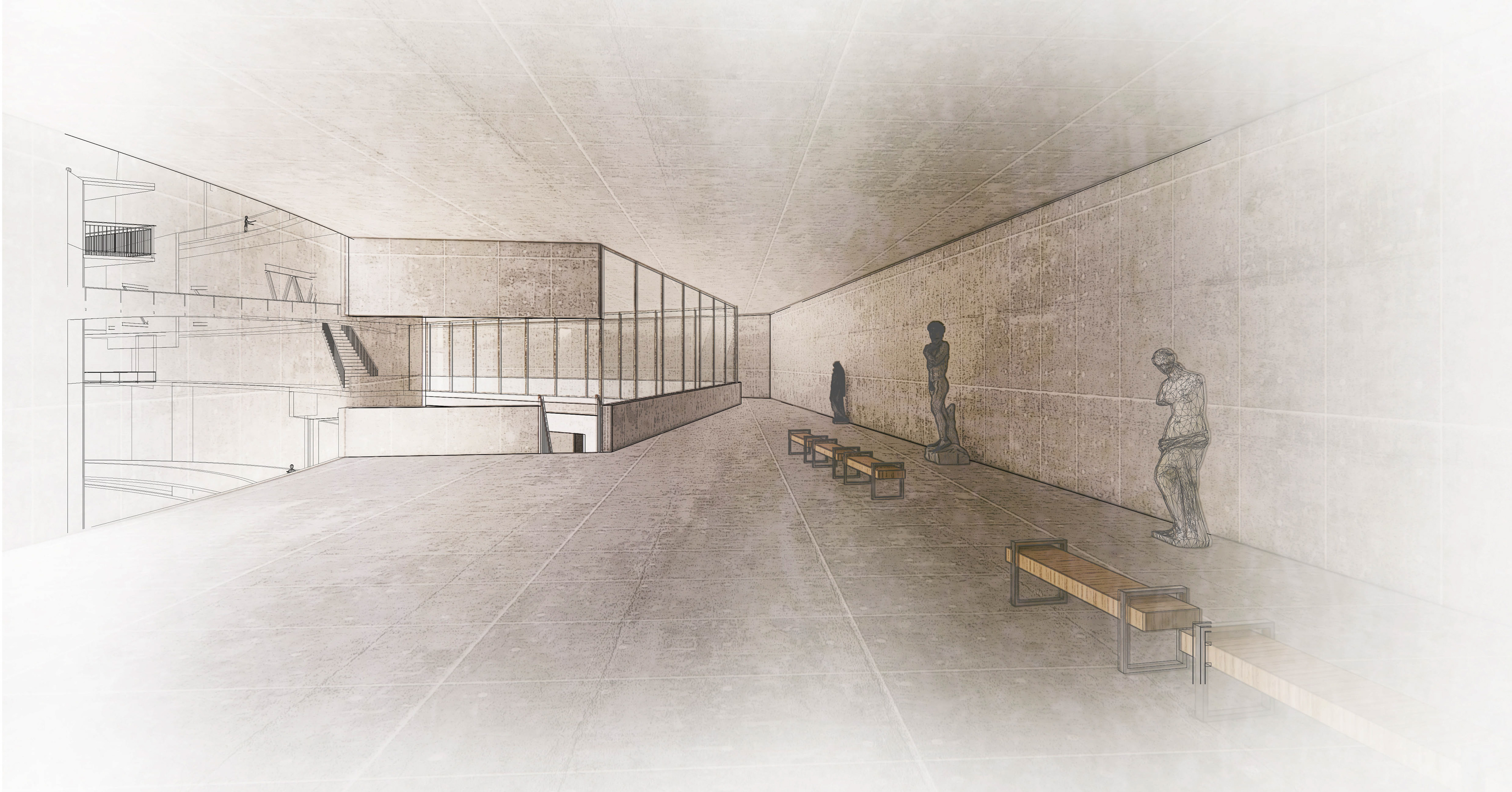
A view inside the Clasp
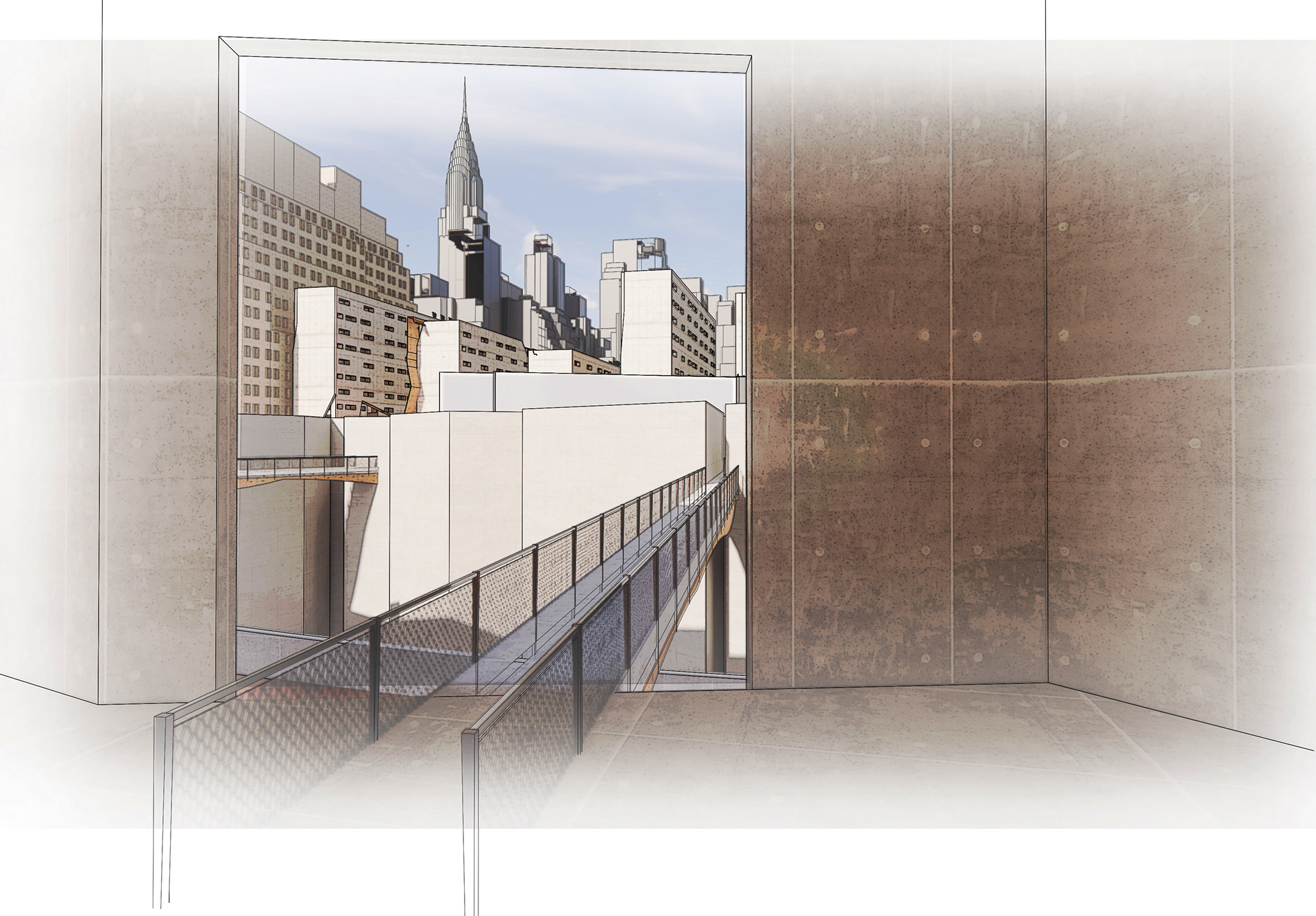
A view from the Clasp out to the City

Within the House of Canada where the Totem Pole is exhibited.
Market Level Plan | Domestic agency
The Market facing second avenue generates a active landscape at the entry of Pangaea. Citizens make their first interaction at the food market with recently arrived migrants.
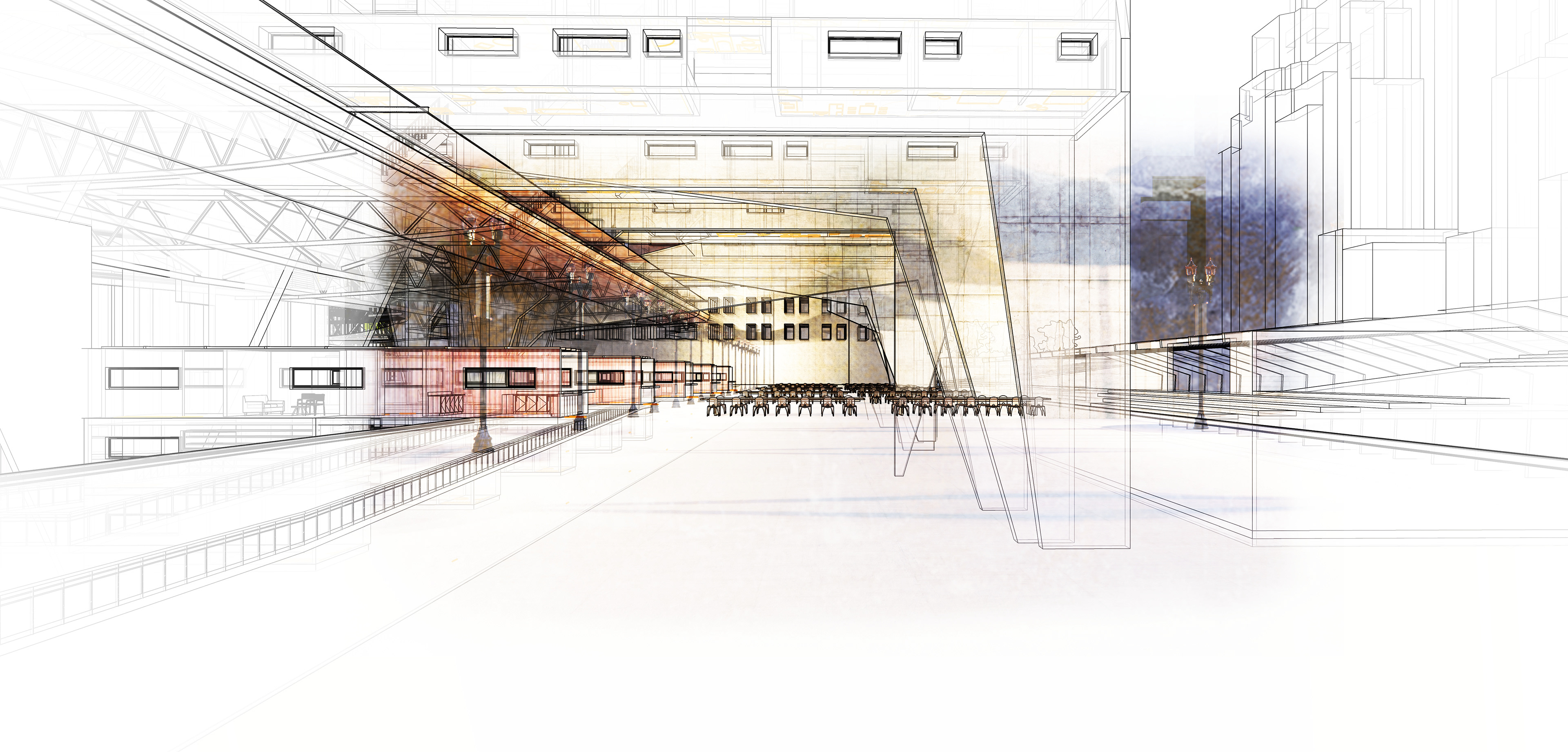
Market Render at the West entrance of Pangaea
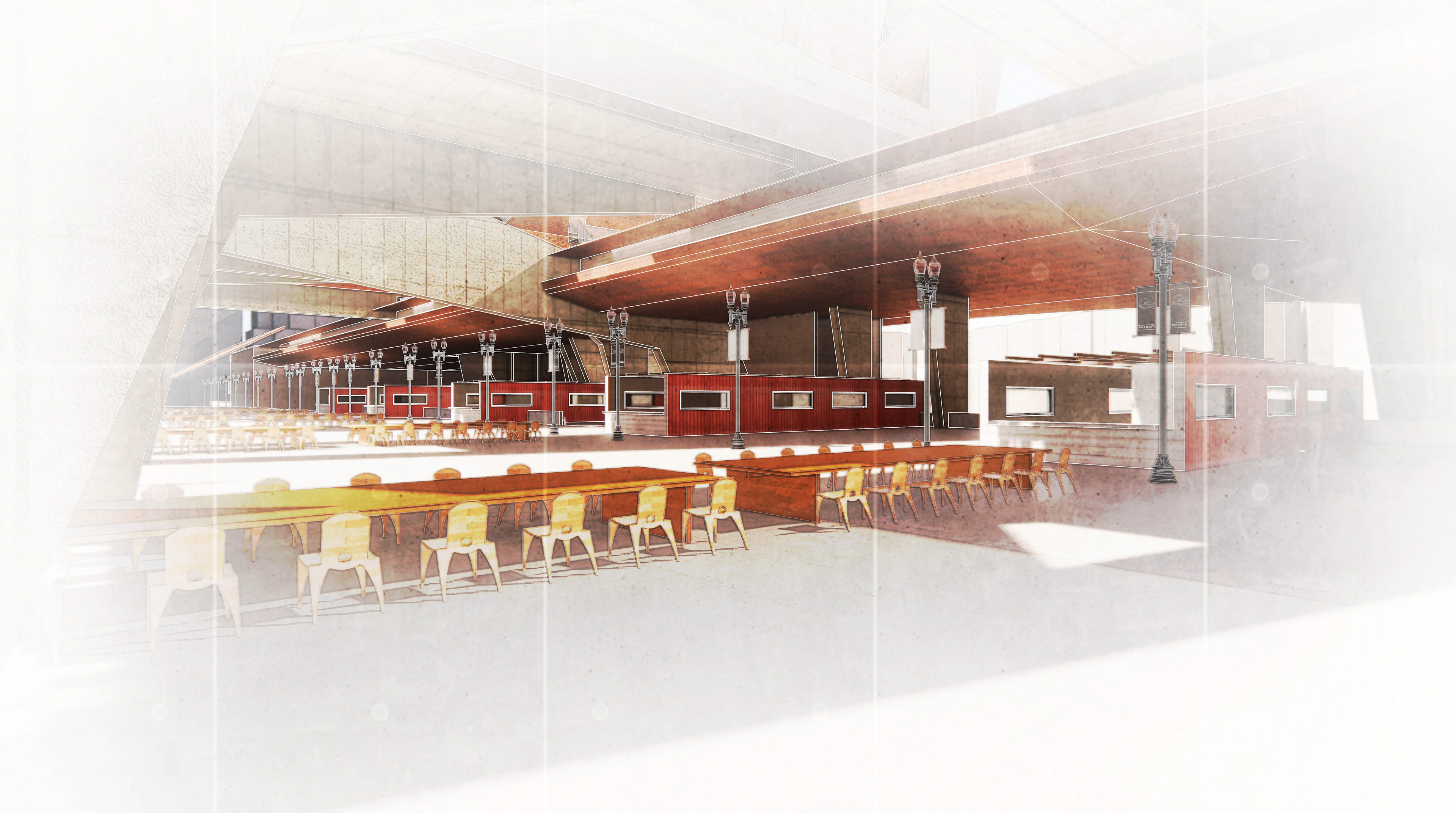
A view of Pangaea's floating crust and the market stalls

Ramping from the city into and under Pangaea
House of Greece Delaminated | The house comprises of a [private] concrete husk and a [public] glass vitrine
The Clasp | The Ring | The Cluster
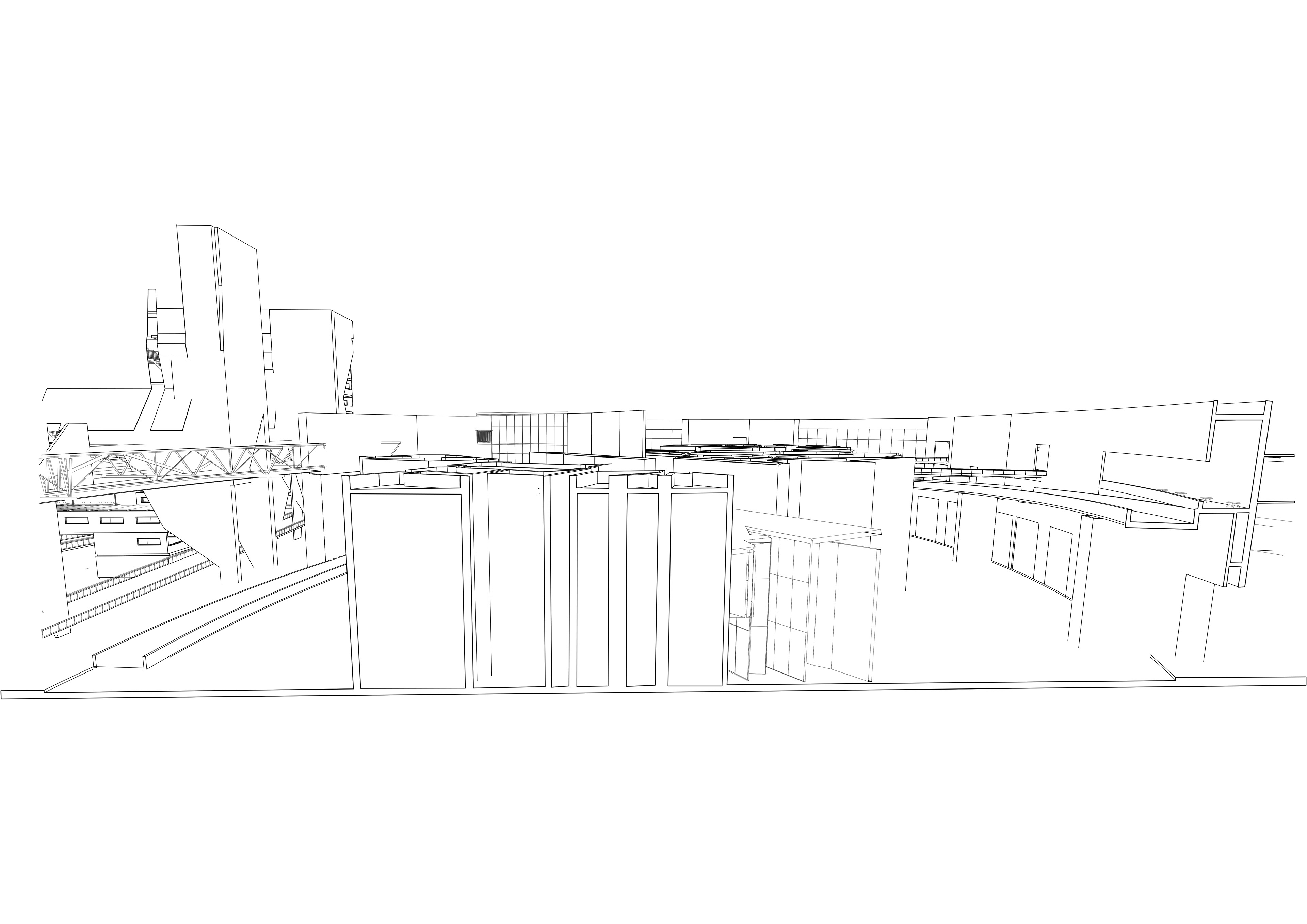
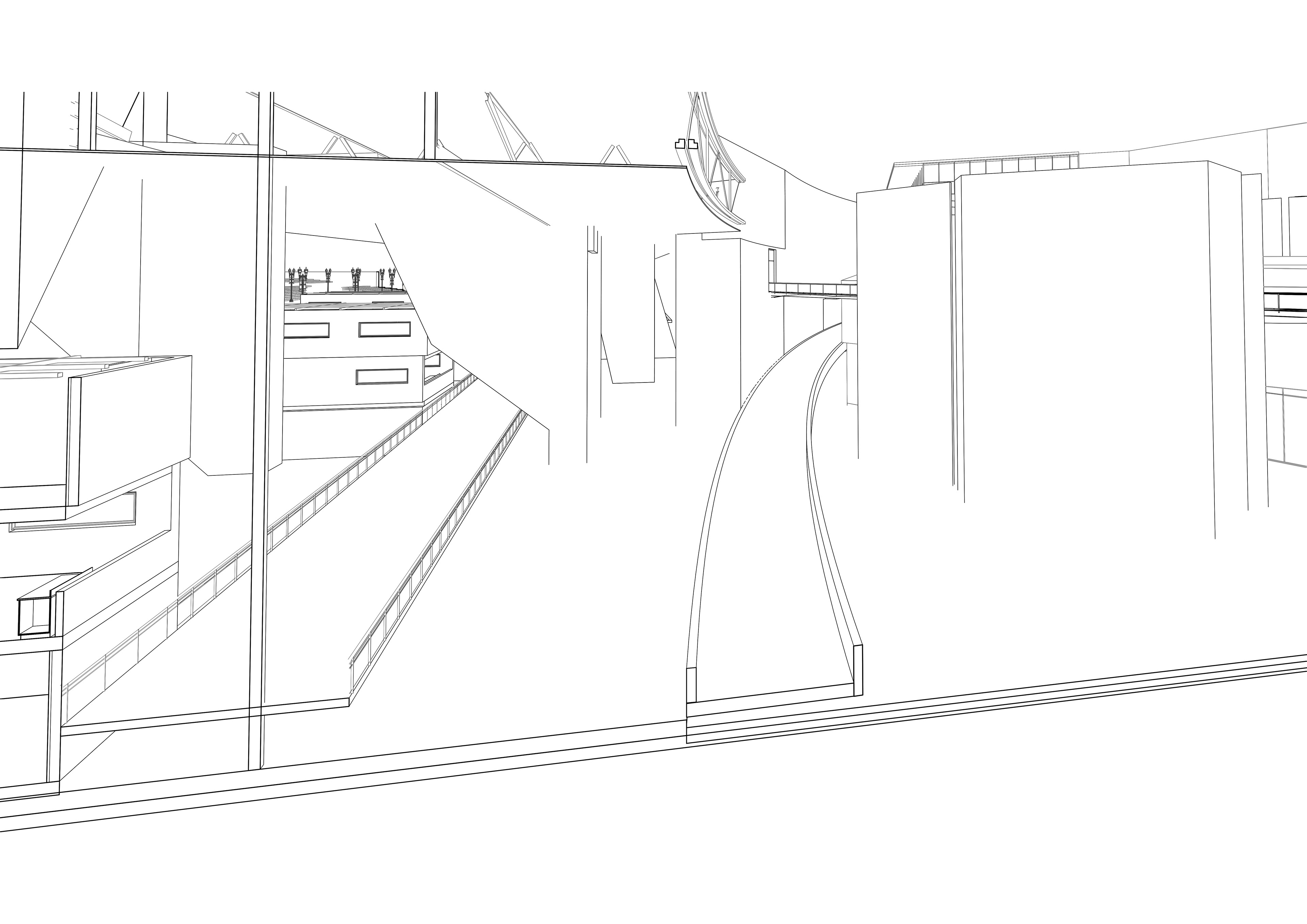
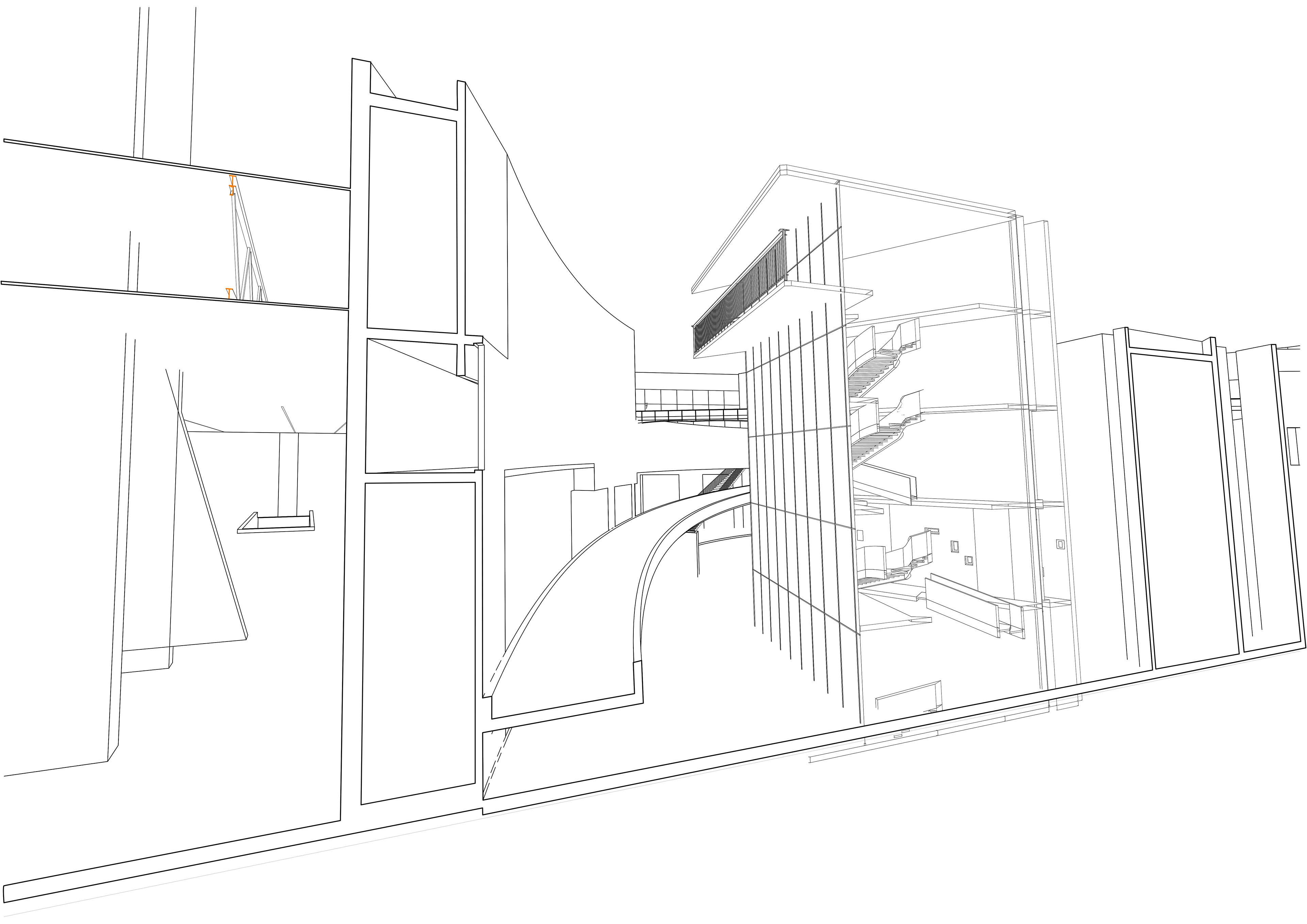
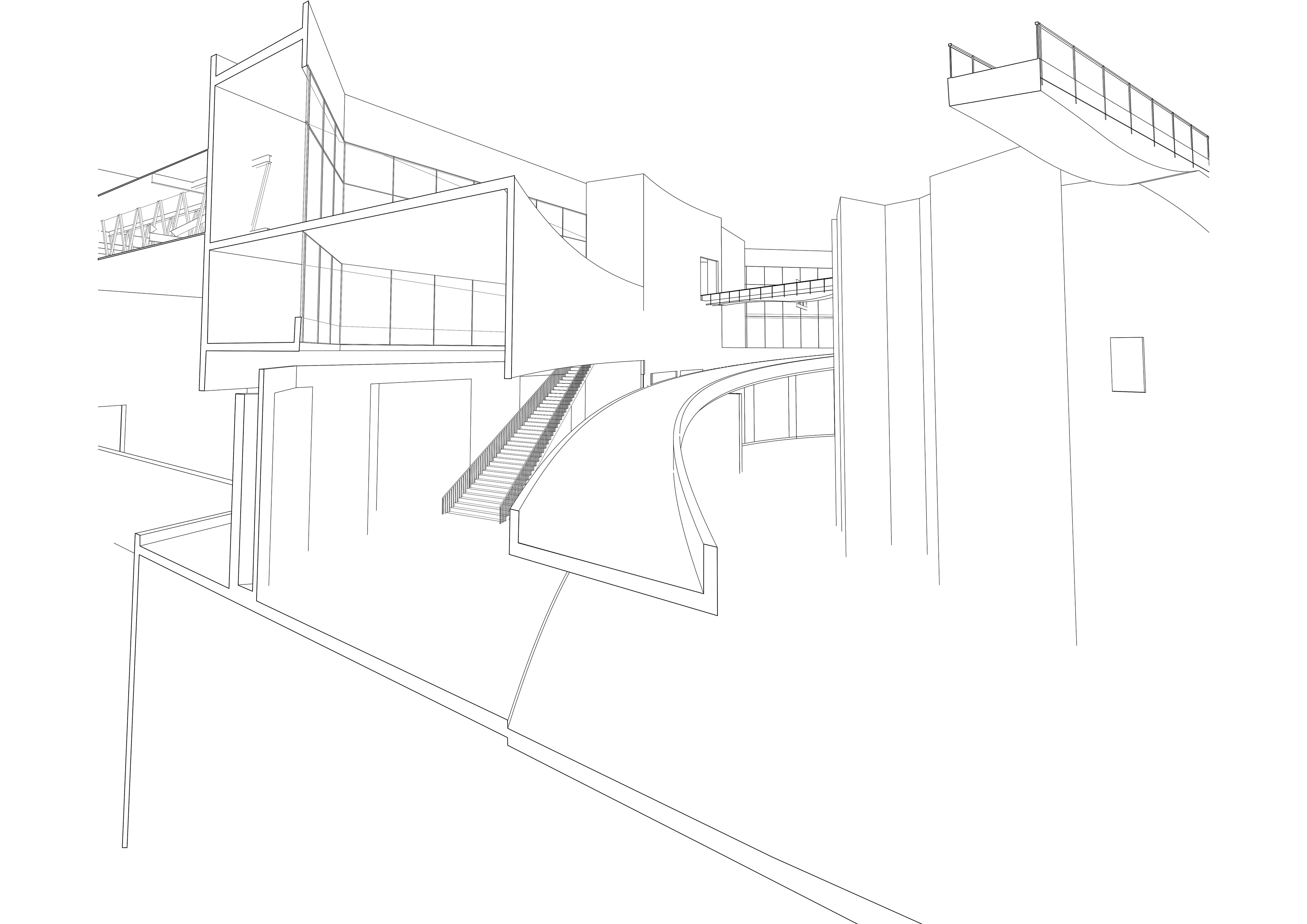

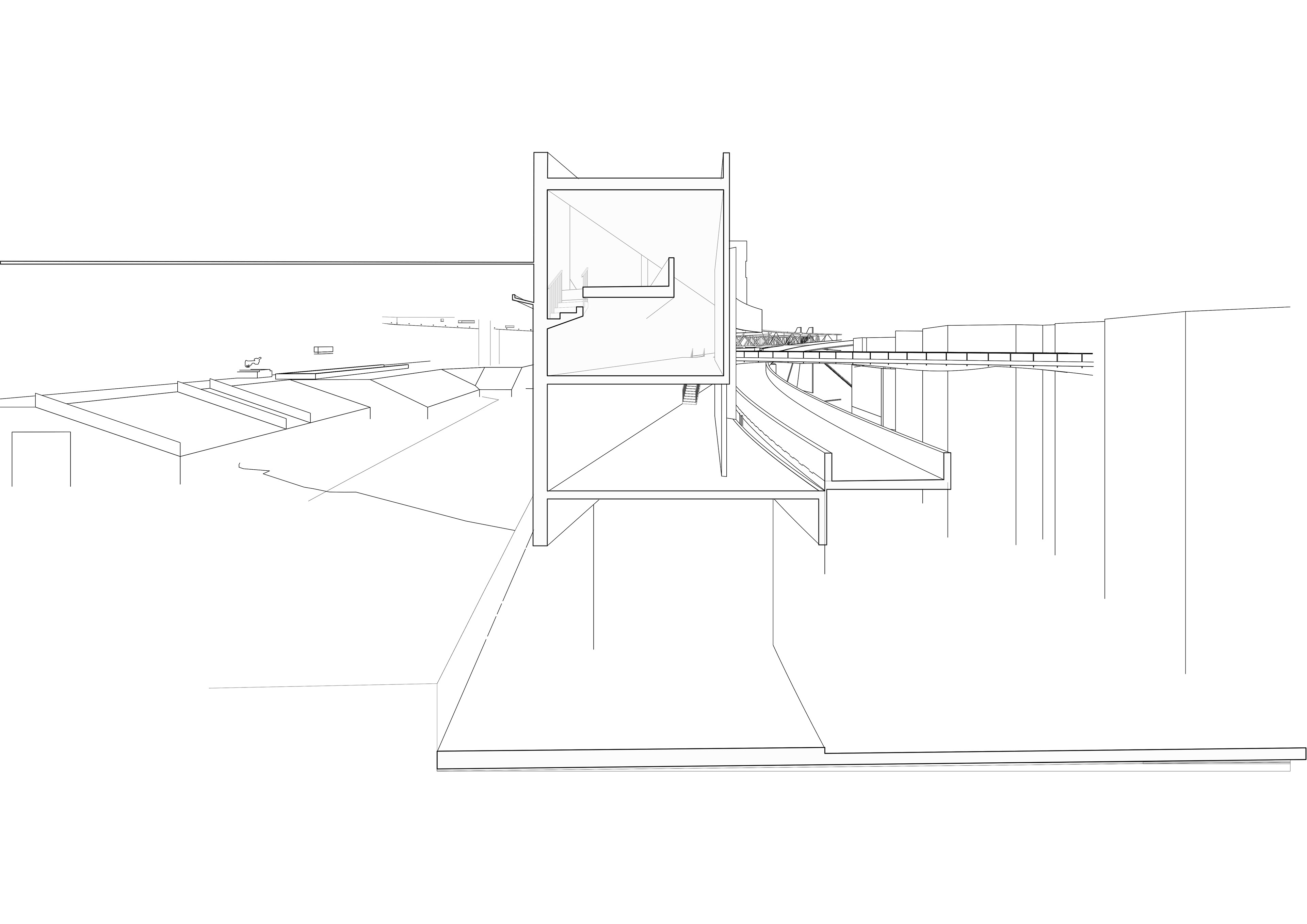
Set into the landscape of Pangaea, the clasp keeps the steel surface of Pangaea at bay, revealing the cavern where the houses of Nations remain. Shallower scars set into the thickness of the crust, reveal wooden walkways where one can cross Pangaea and access the remaining architecture.
The architecture ‘embraces’ the cluster. Assuming an anthropomorphic character, the clasp holds dear these contested and highly valuable objects within the safety of their individual houses of Nations.

House of Canada | Section Cut

House of Greece Plans
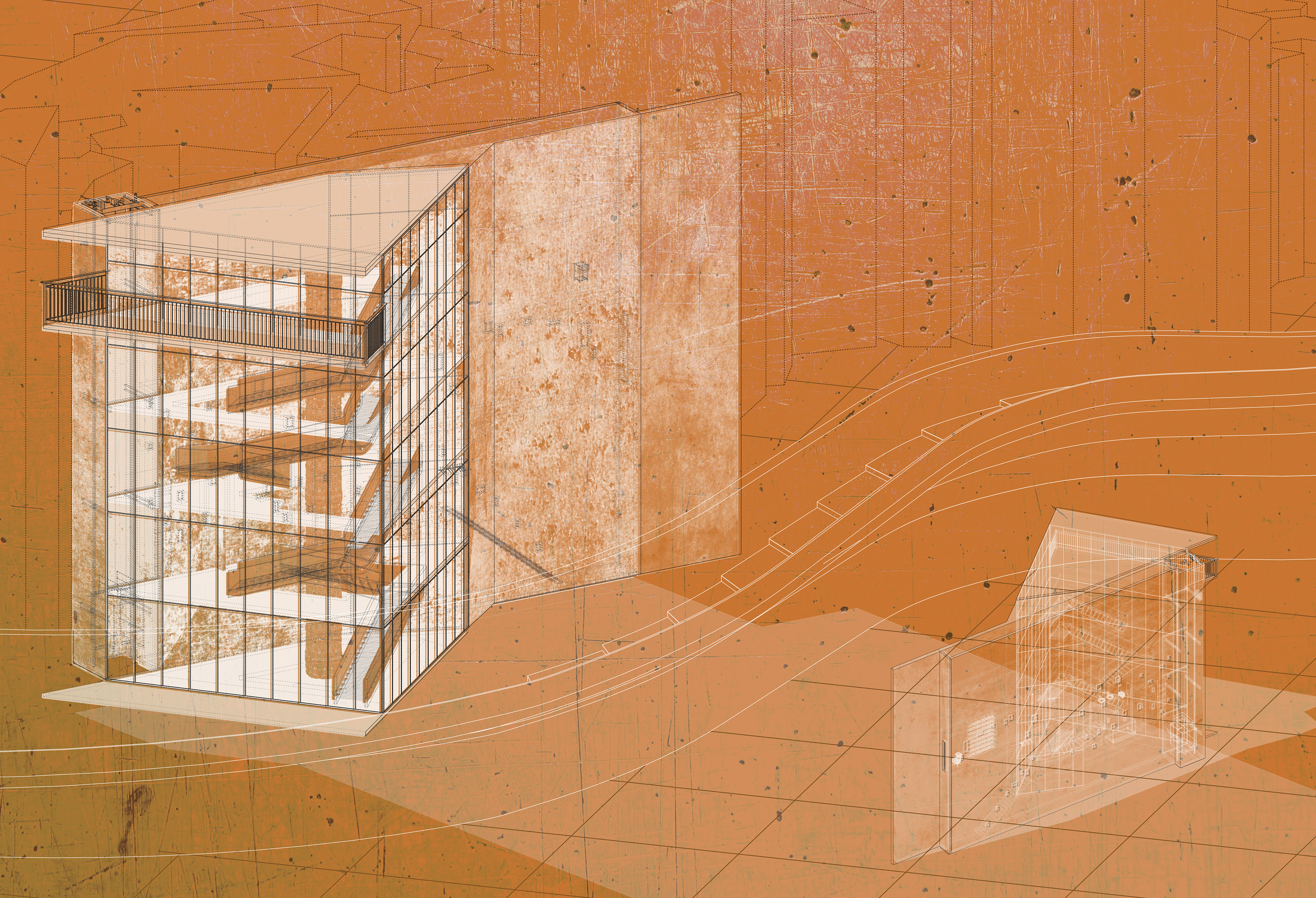
Oblique drawing of the House of Canada
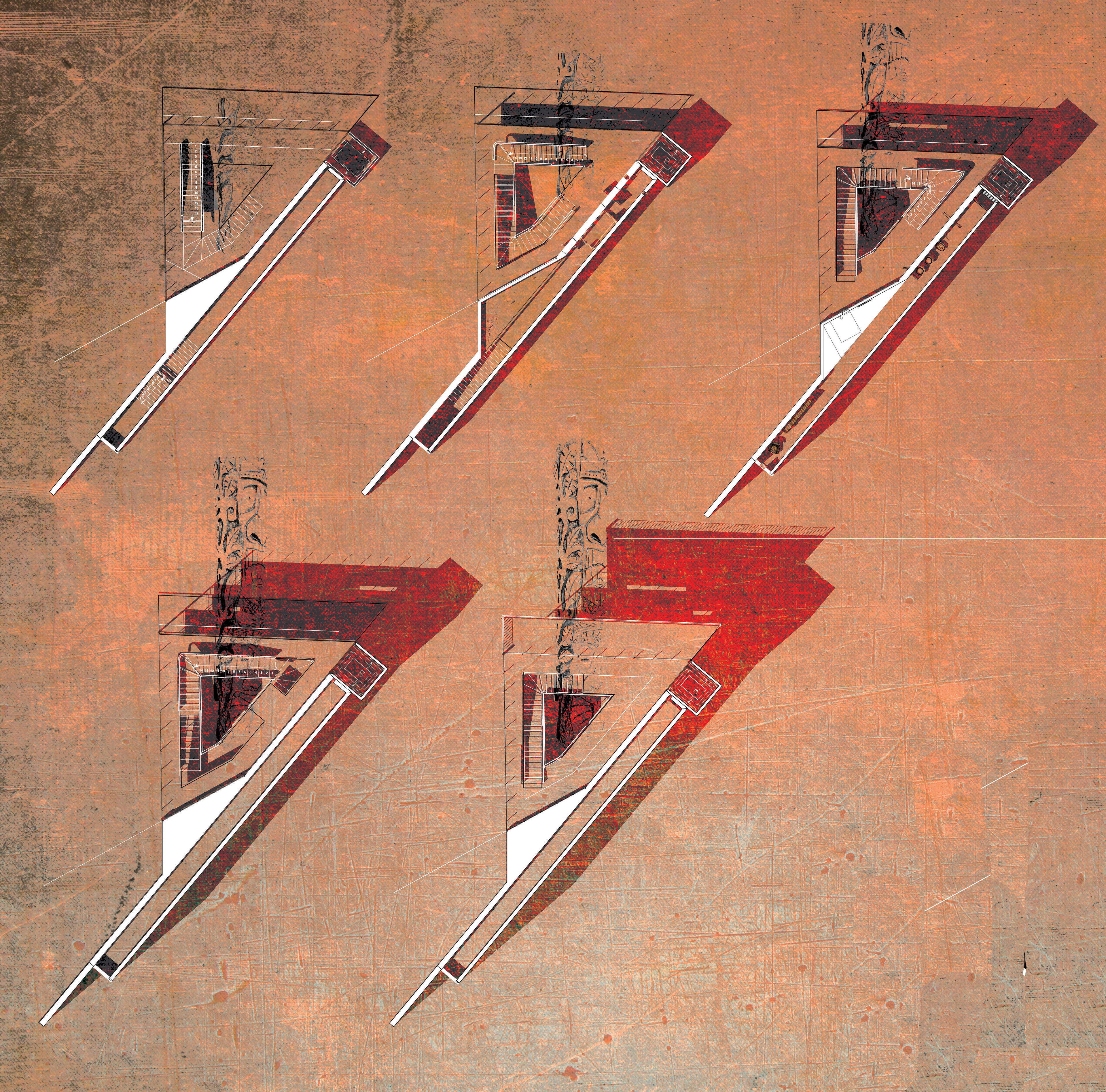
House of Canada Plans
Benin Bronzes
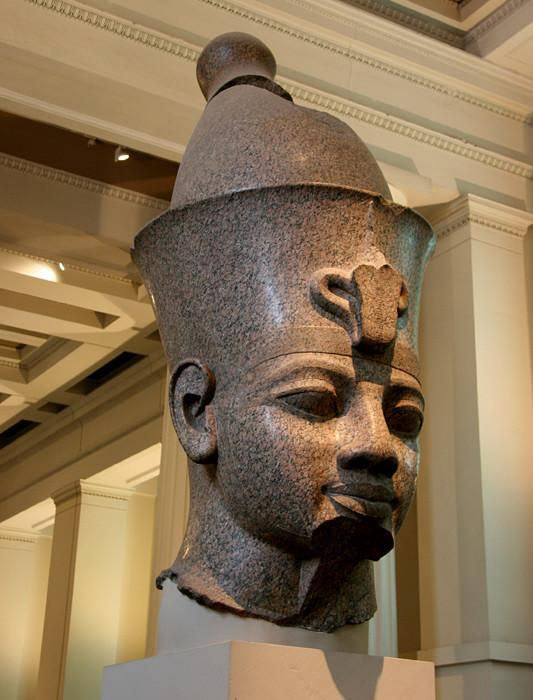
Colossal red granite statue of Amenhotep III Terracotta

The Hoa Hakananai’a statue
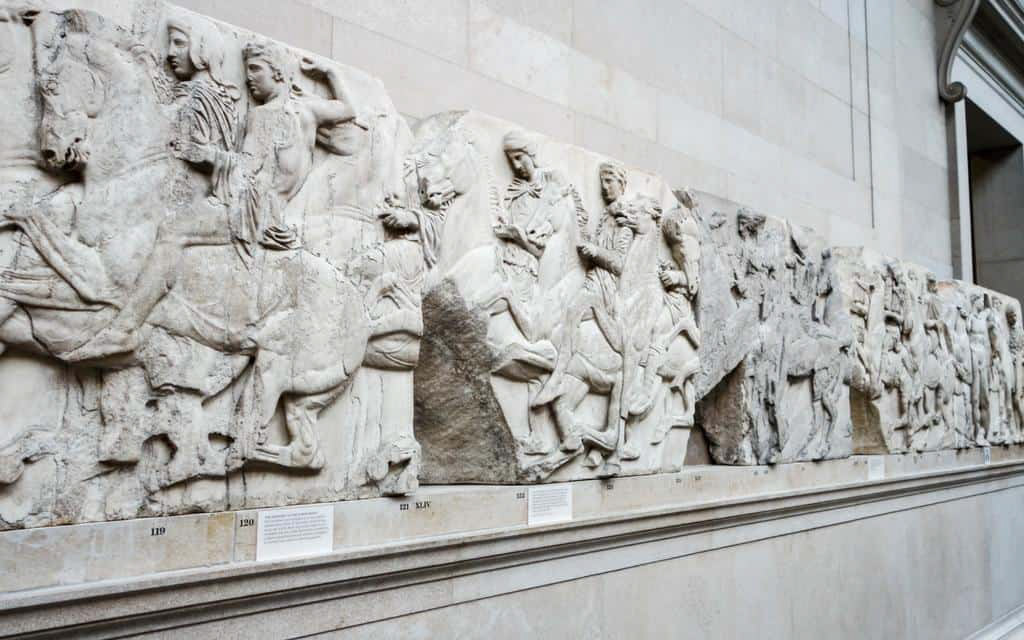
Parthenon Marbles

